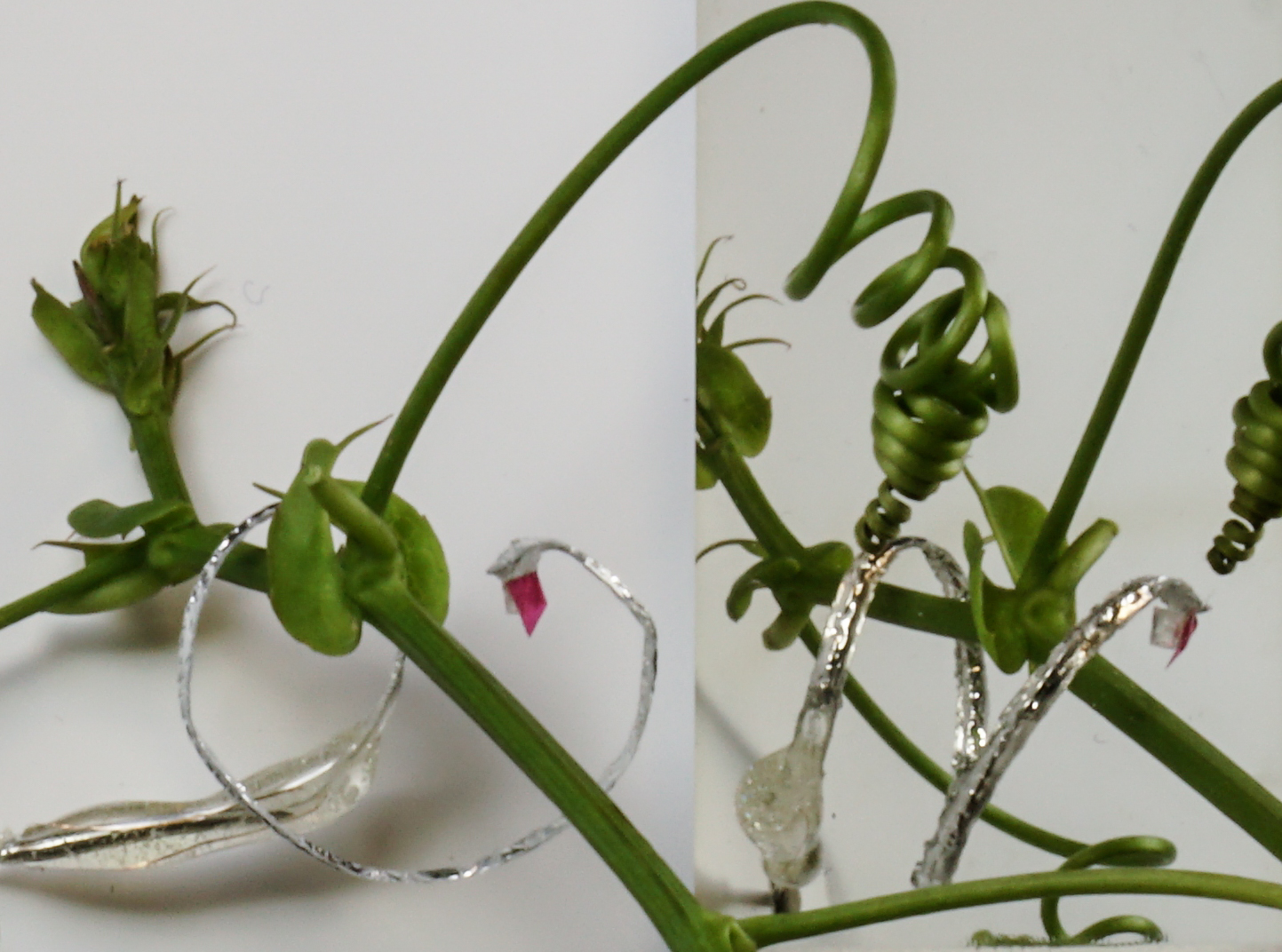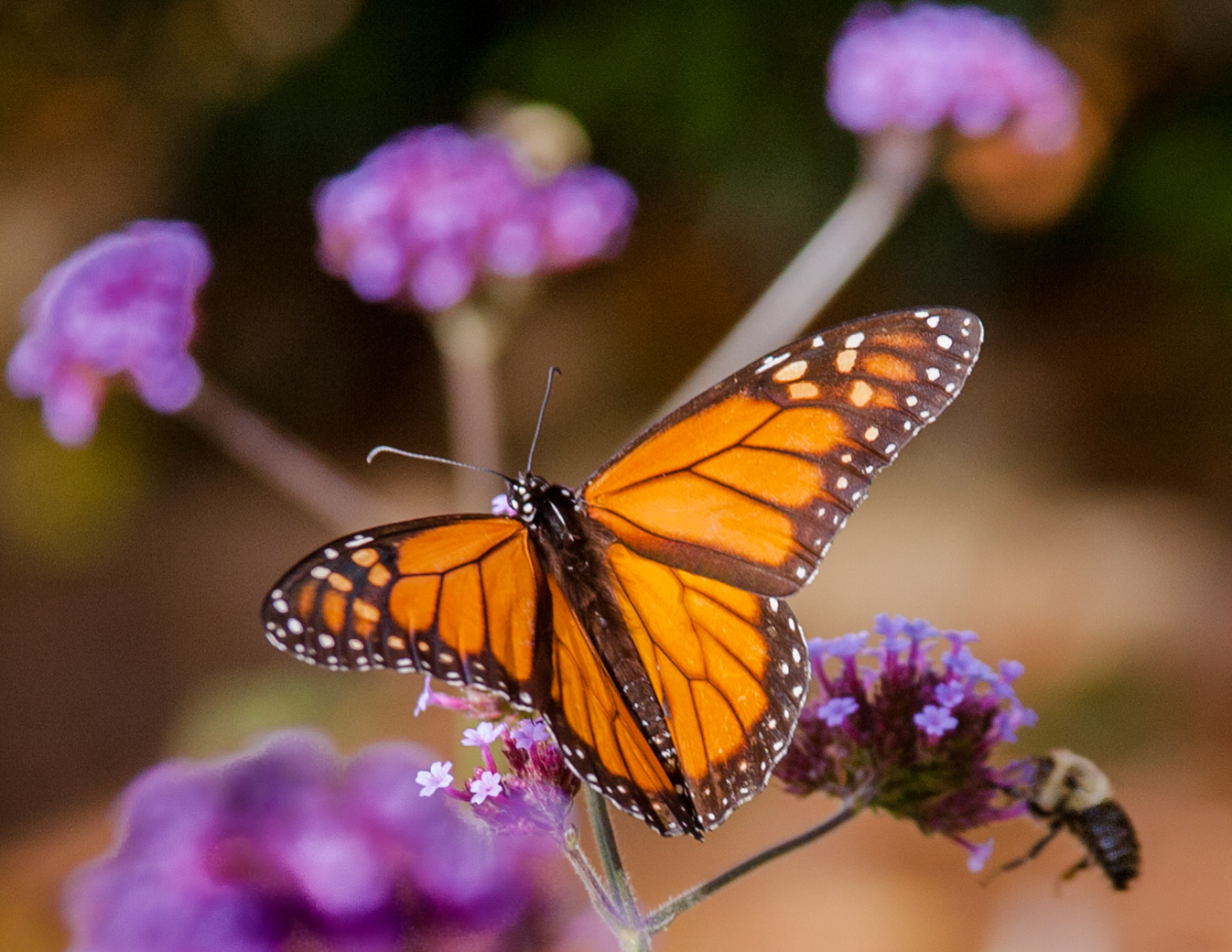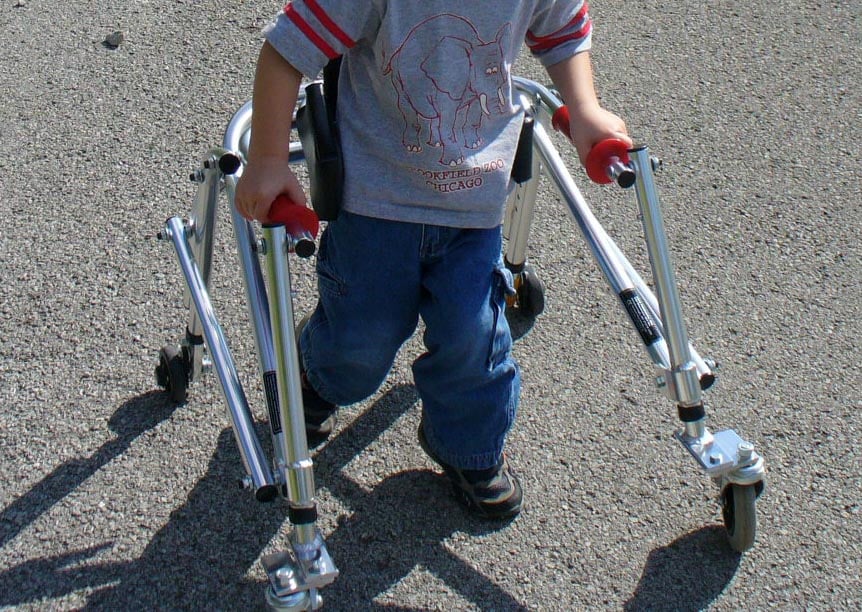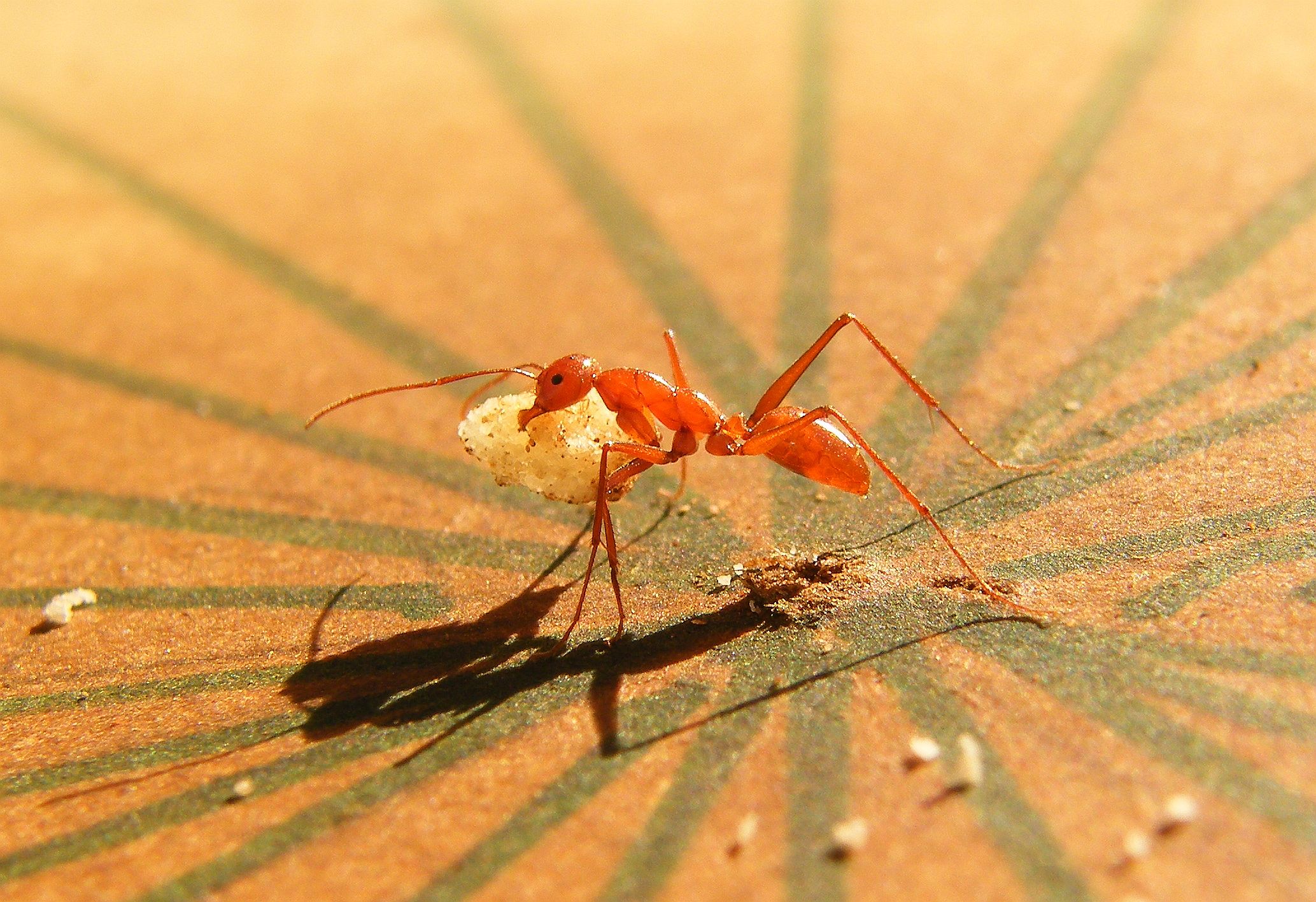In a picture: How this robotic tendril mimics climbing plants – Dr Barbara Mazzolai
Plants move at a much slower rate than what we can see. They don’t have muscles so they’ve figured out different ways to move. One way is through osmosis, which shifts water in their stems to change their stiffness. What you see in the video is a robot actually using osmosis. This is very important … Read more






